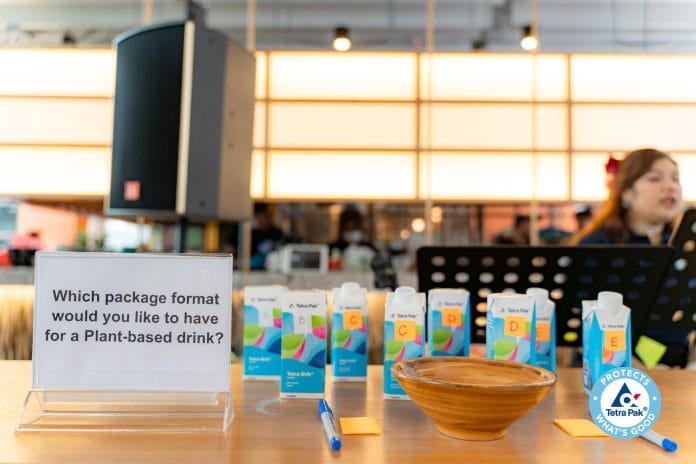The Malaysian food & beverage industry has been identified as a fast-growing market and one of the main contributors to the national economy. According to expert, the industry is set for robust growth, projected to contribute an 8% increase to the GDP this year. This follows an impressive 22% growth in 2022, amounting to RM35.2 billion.
The driving forces behind this growth include the recovery of consumer and tourist spending, buoyed by income and employment growth. However, challenges on the horizon such as a potential global economic slowdown could heighten consumer risk aversion. Rising inflation and tightening financial conditions may also temper consumer sentiments.
Businesses adapting to post-pandemic consumer priorities, marked by a heightened focus on health and nutrition have become crucial for success in this evolving landscape. This requires not only keeping pace with the latest trends but also leading the change, addressing emerging challenges, and devising effective growth strategies amid stiff competition.
Consumer Priorities and Trends
A recent Tetra Pak study drawing insights from 5,000 consumers and experts globally unveiled a compelling interplay between consumer expectations and technological advancements in the F&B industry. The Tetra Pak Index 2023 sheds light on a substantial industry pivot towards a sugar-free era, capturing the largest consumer segment deeply invested in health and nutrition. This pursuit of healthier alternatives has sparked intense innovation, prompting companies to channel significant investments into research and development.
However, the most transformative aspect of this shift extends beyond sugar reduction — it signals the era of personalised nutrition. This isn’t a passing trend; it signifies a fundamental change in consumer expectations. Brands are now tailoring recipes for specific demographic groups based on factors such as age and medical conditions. The emphasis on customisation reflects a commitment to catering to unique and diverse needs.
Regardless of a product’s health benefits, consumers won’t compromise on taste. The key takeaway emphasises the importance of crafting products that meet health standards while satisfying consumer taste preferences. Achieving cost parity is crucial for new foods, highlighting the delicate balance between innovation and accessibility.
Future Outlook
In response to the growing global trend towards healthier lifestyles, F&B businesses can connect with health-conscious consumers by adapting their product offerings. Tetra Pak goes beyond product development by actively fostering collaborative partnerships with customers. We place an emphasis on sharing valuable insights, encouraging a collaborative approach to effectively address the dynamic and evolving needs of the market.
One of Tetra Pak’s innovative initiatives, Tastebud Tourism reflects this dedication through a wet sampling exercise which engaged with 100 participants from across the Klang Valley. This exercise was aimed at discovering new and interesting flavours in flavoured milk and plant-based beverages. It revealed that young Malaysian preferences are leaning towards natural flavours and avoiding overly sweet drinks. Moreover, there is a growing inclination towards products that offer additional benefits, such as protein.
Take for example, we learnt from the exercise that when it comes to chocolate flavours, consumers have shifted towards minimal sweetness and a preference for natural options such as fruity blends raspberry chocolate or orange chocolate, or nutty combos like hazelnut or almond with chocolate.
These findings from Tastebud Tourism align with the global trends highlighted in the Tetra Pak Index 2023. Initiatives like Tastebud Tourism underline the company’s commitment to help brand owners deliver products that resonate with the ever-changing tastes and preferences of consumers, positioning Tetra Pak at the forefront of the dynamic F&B industry.
By John Jose, Marketing Director of Malaysia, Singapore, Indonesia, and Philippines









